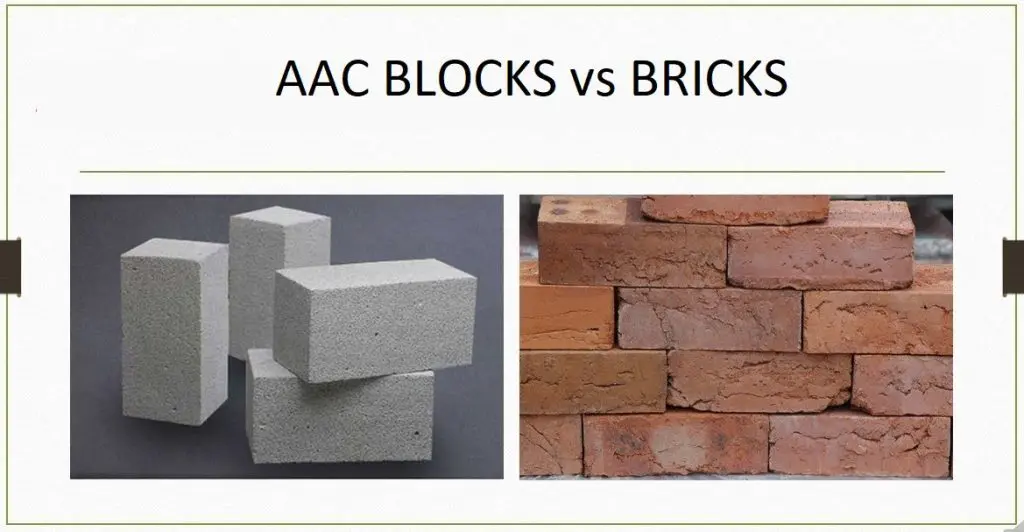Advantages to Builders for Using AAC blocks in High Rise Construction:
- AAC blocks are very light as compared to Flyash and Red clay bricks. AAC blocks (density 550-600 Kg/cum) are roughly one third the weight of the Red clay / fly ash bricks (1800 Kg/cum / 2200 Kg/cum resp.).
- The lesser unit weight helps reduce the dead weight of structure, thereby reducing the steel consumption in high rise structures. Builders can have a substantial cost saving because of this.This advantage is more prominent or best exploited in high rise construction (typically 12 stories and above)
- Since AAC blocks are porus (porus but pores are not interconnected), they tend to absorb less water while construction.
- Apart from that AAC blocks are easy to carry and install saving time and money for the builders.
- These advantages make AAC blocks more preferable for builders as compared to the traditional & Fly ash bricks.

Advantages to House Owners for Using AAC Blocks in High Rise Construction:
Since AAC blocks are porus (porus but pores are not interconnected), they tend to act as a good insulation material both for Heat and Sound. This reduces the electricity consumption for Individuals Home Owners.
So AAC blocks are:
Resource efficient
Energy efficient with low thermal conductivity
Low in water absorption
Has decent compressive strength say above 65kg/ cm2





